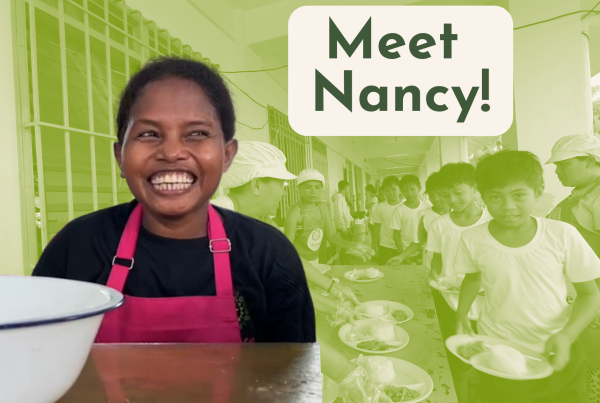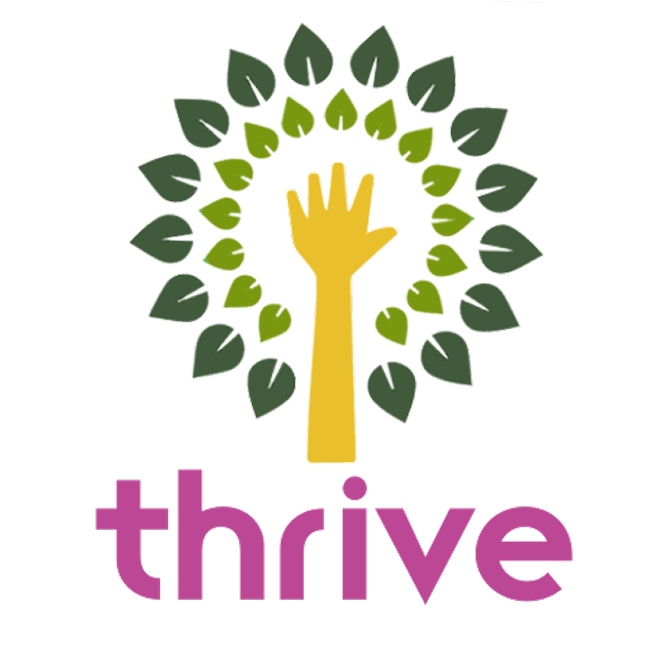Key Facts
- Community involvement is a “central pillar” for long-term impact in school-feeding programs.
- Familiar, culturally appropriate meals increase children’s willingness to eat at school, improving attendance and engagement in class.
- Locally sourced food boosts child nutrition and school participation, especially for vulnerable children and girls.
- Mother-cook groups lower costs associated with cooking school meals, improving food safety, and empowers women through skills, income, and job opportunities.
- School meals improve education, promote gender equity, build community resilience, and break the cycle of poverty.

Nearly half a billion children worldwide benefit from school meals every day. However, for many communities in Bangladesh and the Philippines, sustaining these programs in the long term—and scaling them up—is a significant challenge.
Recent studies have shown that community-led approaches, which prioritize local ingredients, maternal involvement, and culturally appropriate meals, are more sustainable, impactful, and resilient than outsourced food delivery models.
One of the strongest arguments for homegrown school meals is the cultural connection children have with the food on their plates. For instance, a 2024 Bangladesh report in 16 upazilas (sub-districts), where school lunches included traditional recipes such as khichuri, lentils, and local vegetables, school engagement increased, and attendance rose as children looked forward to the warm, familiar lunches.
Similar trends are observed in the Philippines, where a 2020 study found that incorporating homegrown produce and traditional meals helped support a decentralized procurement model that remained resilient even during emergency disruptions. Familiar local dishes, such as arroz caldo (rice porridge with chicken) and ginisang gulay (sautéed vegetables), not only boosted meal acceptance and trust among schoolchildren but also deepened community engagement and support for the program.

The benefits of using home-grown ingredients go far beyond meal acceptance. According to the Food and Agriculture Organization of the United Nations, locally sourced food boosts child nutrition and increases participation, particularly among children from vulnerable backgrounds and girls.
In Bangladesh, the shift to traditional hot school meals has had impressive results, leading to a 14% increase in enrollment rates, an 8% rise in attendance, and a 14% increase in completion rates, while dropout rates declined by 8%. Research indicates that dropout rates in primary education decreased from 45% in 2009 to 14% in 2022.
According to a World Bank Report, community participation in school meal programs, especially through mother-cook groups, also ensures the long-term success of school meal programs. By training and supporting women to prepare meals in local schools, school meal programs cut down on external catering costs and ensure better food safety and increased community trust in the long run.
An instance is the Philippines, where mother-led cooking groups have become a cornerstone of school meal programs and its sustainability. Evidence suggests that women’s participation in school meals programs in the Philippines can lead to reduced operational costs, allowing saved resources to be reinvested in kitchen improvements, hygiene training, and nutrition education.
For many women in rural Bangladesh, these roles are more than volunteer opportunities—they are pathways to employment, skill development, and financial autonomy. Working as cooks or kitchen assistants, mothers gain valuable experience that can open doors to future employment or microenterprise opportunities—all while contributing to their children’s education and health.
In summary, school meals are not just a short-term fix; they are a strategic investment in a healthier, more equitable future, and when done right, they become a foundation for long-term household, community, and economic development. Besides, the benefits of school feeding programs go far beyond nutrition. They strengthen the education system, build community resilience, and help break the cycle of poverty
Scaling the Benefits of School Feeding
The Thrive Thousands Project stands at the intersection of equity, empowerment, and evidence. We are investing in this initiative not only to nourish young minds but to unlock a system of change rooted in cultural dignity, powered by local communities, and built for resilience. By scaling an inclusive model that values mothers as agents of change, shelf-stable meals based on traditional recipes as tools for connection, and schools as hubs of opportunity, Thrive is cultivating more than full stomachs. We are cultivating futures.
Our goal to reach 10,000 children by 2028 and 30,000 by 2033 is ambitious because the stakes are high—but so too is the potential to transform lives, strengthen communities, and prove that a sustainable school meals program is not only possible, it is essential.




